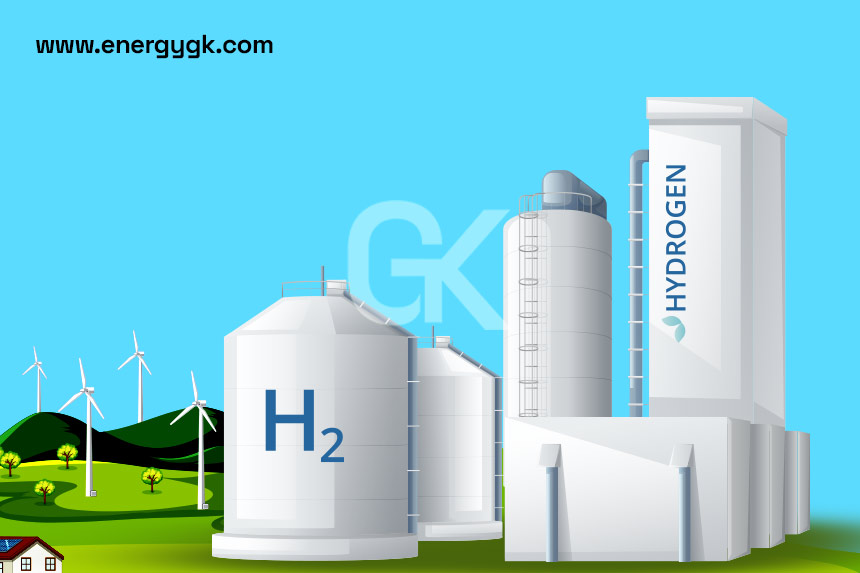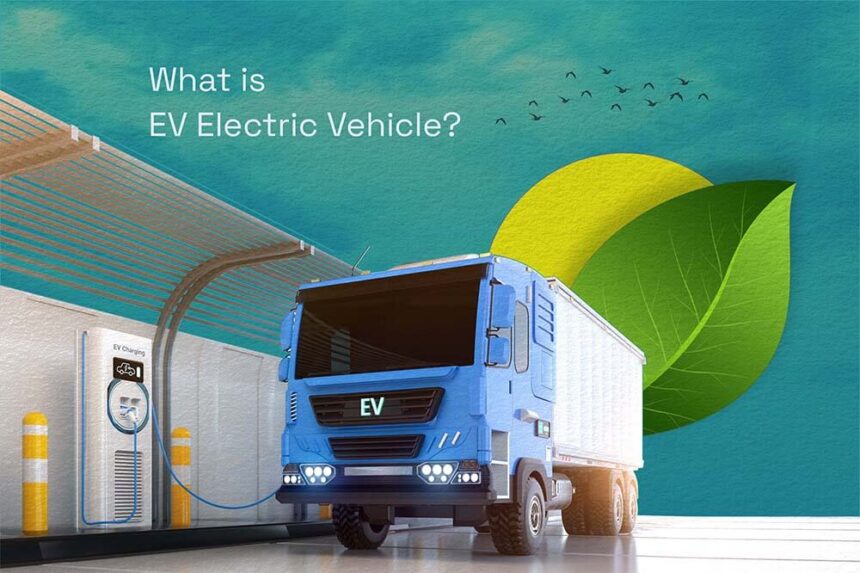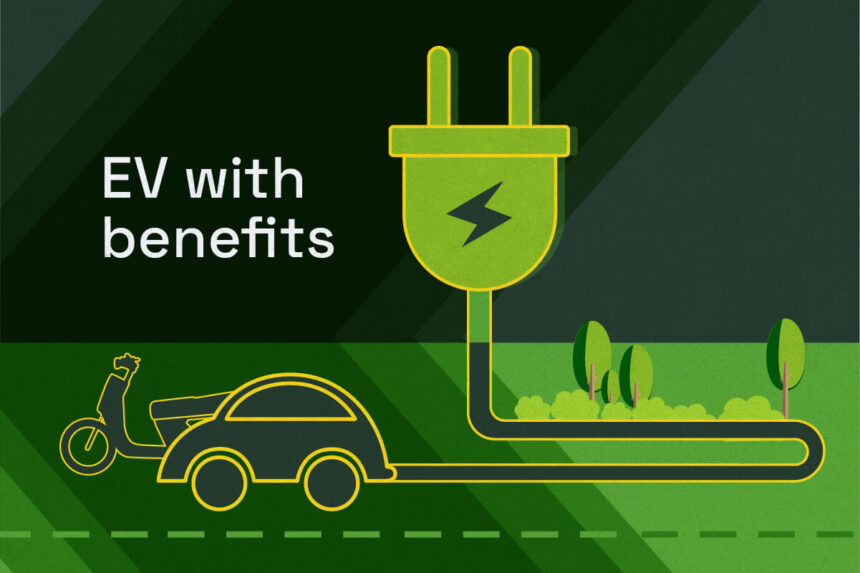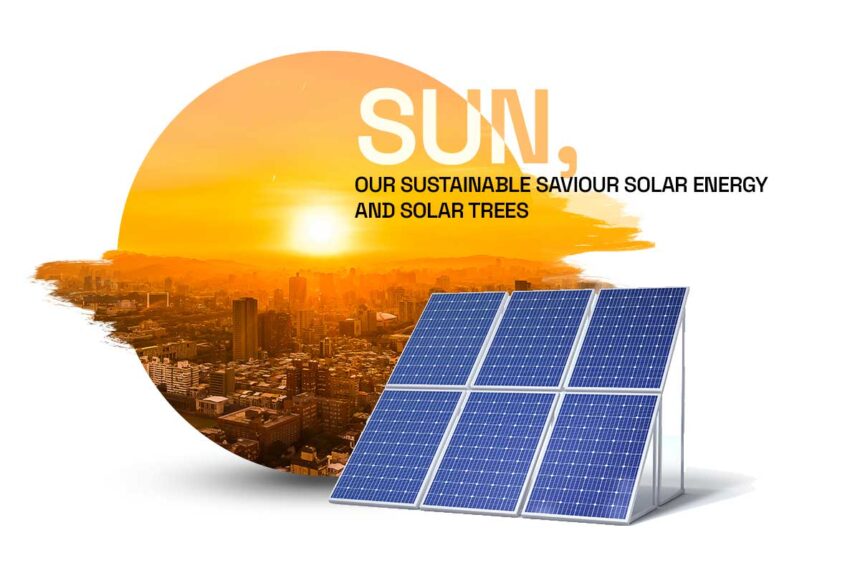Energy Storage is when the energy is captured at one time which can be utilized at a later time based upon demand and requirement. Energy storage is an efficient and effective way to reduce the imbalance between energy production and consumption. Energy can be in various forms, like radiation, chemical, gravitational potential, electric potential, kinetic, latent heat, and elevated temperature. In the process of energy storage, the energy is converted from forms that are difficult to store to more convenient and economical ways of energy storage. The process of energy storage can occur for short-term or long-term periods of time.
Some common examples of stored energy are rechargeable batteries carrying chemical energy that can be readily converted into electric energy, hydroelectric dams that store energy in reservoirs as gravitational potential energy, and fossil fuels that store ancient energy derived from sunlight by organisms that later died. There are various types of energy storage. Batteries are the most recognisable and popular method of energy storage. Batteries can be lithium-ion, flow, lead acid, sodium, or other kinds that are designed specifically to meet certain power and duration requirements. Thermal energy uses heating and cooling methods to store and release energy. There are other mechanical systems for energy storage. The mechanical rotor which spins rapidly is where flywheels store energy. They can absorb and release high power for 15 minutes or less. However, longer-duration systems are being developed. One of the most used systems of energy storage and what account for 95% of storage in use are pumped hydroelectric facilities. Compressed air, superconducting magnets, underground pumped storage, and hydrogen storage are all forms of energy storage systems that are newly emerging.
Now that we know what energy storage is and the different types of energy storage, it is important to understand the relevance of energy storage. Battery storage technologies are essential to speeding up the process of replacing fossil fuel energy with renewable energy. They will play an important role in green energy supplies and to complement the energy requirement and consumption. Having said this, we need to address why it is becoming a growing priority to replace fossil fuels with renewable energy. Fossil fuels are exhaustible in nature. They were made thousands of years ago and cannot be created again to meet humanity’s demand. Also, burning fossil fuels to procure energy is harmful for the environment and causes environmental degradation and massive pollution. On the other hand, renewable energies are being derived by incorporating natural elements like wind, water, and sunlight. These natural elements are abundantly present and therefore inexhaustible. Using them to generate energy is environmentally friendly.
Battery storage systems can ensure that the logistical and functional problems of renewable energy systems can be resolved because they provide a solution to situations like the absence of sunlight in the dark, on cloudy days, or in areas that are not windy or far from sources of water. When energy generated can be converted and stored for further use, it helps create a more efficient and reliable system. Also, it has been noted by UK government estimates that battery storage systems that would incorporate the integration of more low-carbon power, heat, and transport technologies would save the UK energy system up to 48 billion dollars by 2050. Therefore, ultimately, the now expensive energy bills will eventually get more affordable.
Interestingly, trees can have a role to play in energy conservation. Trees aid in energy conservation, stormwater filtration, and carbon sequestration. Trees provide better air quality and lower the temperatures, therefore ensuring less energy consumption, which in turn would reduce the energy bills and the prevailing heavy requirement for energy.
Therefore, energy storage can play an important role in grid integration and balancing variable generation sources. The increase in the system’s flexibility would lead to an improvement in the quality of power, a reduction in peak demand, enhancements in distribution or transmission grids, and a reduction in deviation penalties. The use of energy storage by residential, commercial, and industrial consumers in conjunction with renewable energy will have the potential to improve the quality and reliability of power for these consumers. Energy storage is also the main component of the technology of electric vehicles and is proving to be a game-changer in terms of transportation and the effects of road transportation on the environment.







